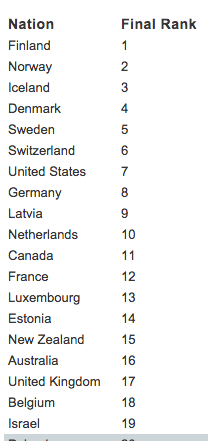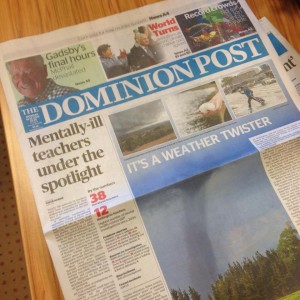Dementia and rugby
Dylan Cleaver has a feature story in the Herald on the Taranaki rugby team who won the Ranfurly Shield in 1964. Five of the 22 have been diagnosed with dementia. Early on in the process he asked me to comment on how surprising that was.
The key fact here is 1964: the five developed dementia fairly young, in their 60s and early 70s. That happens even in people who have no family history and no occupational risks, as I know personally, but it’s unusual.
I couldn’t find NZ data, but I did find a Dutch study (PDF, Table 3) estimating that a man who is alive and healthy at 55 has a 1.5% risk of diagnosed dementia by 70 and 3.2% by 75. There’s broadly similar data from the Framingham study in the US. The chance of getting 5 or more out of 22 depends on exact ages and on how many died earlier of other causes, but if these were just 22 men chosen at random the chance would be less than 1 in 10,000 — probably much less. People who know about rugby tell me the fact they were all in the back line is also relevant, and that makes the chance much smaller.
There are still at least two explanations. The first, obviously, is that rugby — at least as played in those days — caused similar cumulative brain damage to that seen in American football players. The second, though, is that we’re hearing about the 1964 Taranaki team partly because of the dementia cases — there wouldn’t have been this story if there had only been two cases, and there might have been a story about some other team instead. That is, it could be a combination of a tragic fluke and the natural human tendency to see patterns. Statistics is bad at disentangling these; the issue crops up over and over again in cancer surveillance.
In the light of what has been seen in the US, I’d say it’s plausible that concussions contributed to the Taranaki cases. There have already been changes to the game to reduce repeated concussions, which should reduce the risk in the future. There is also a case for more systematic evaluation of former players, to get a more reliable estimate of the risk, though the fact there’s nothing that can currently be done about it means that players and family members need to be involved in that decision.

